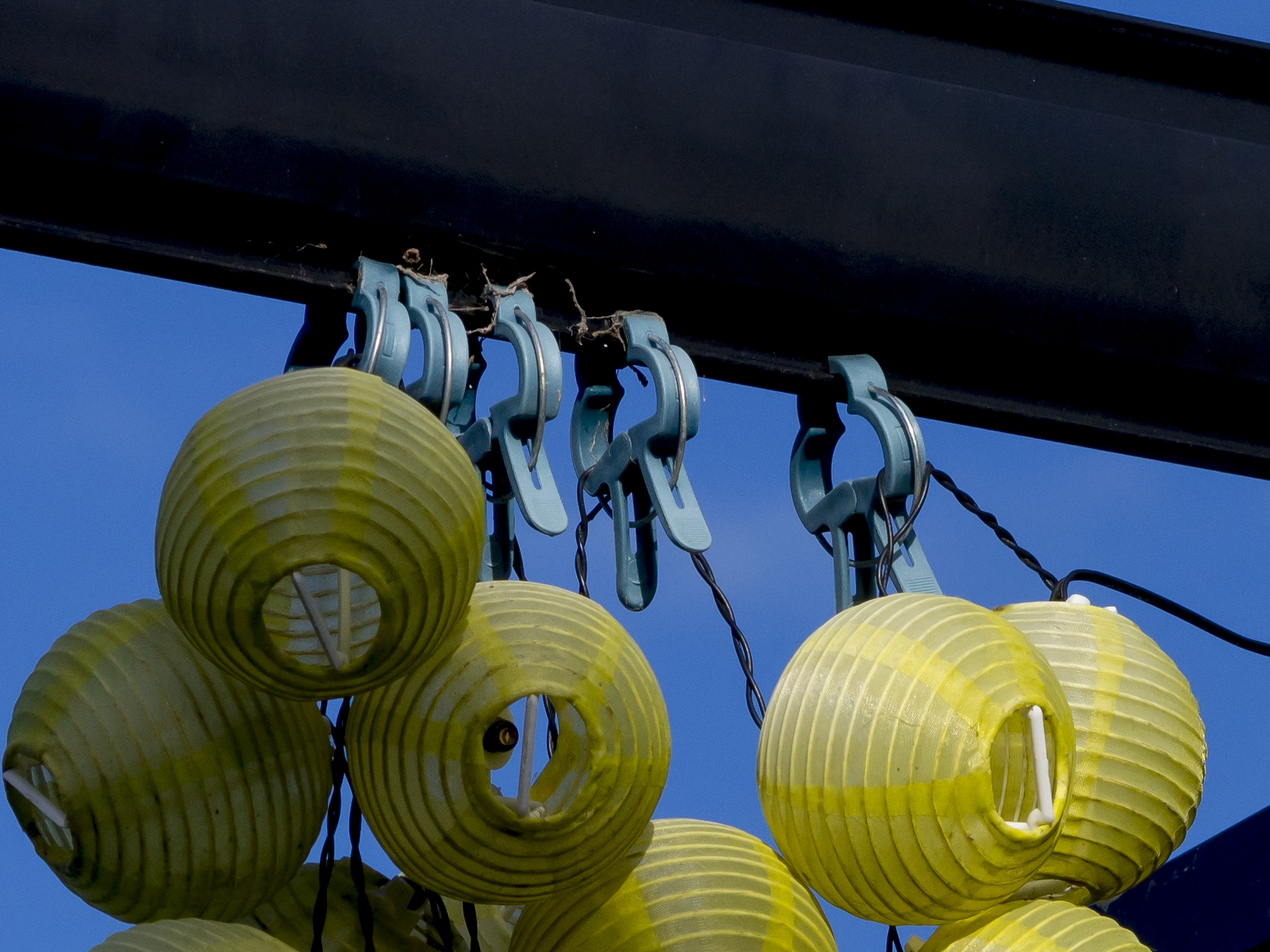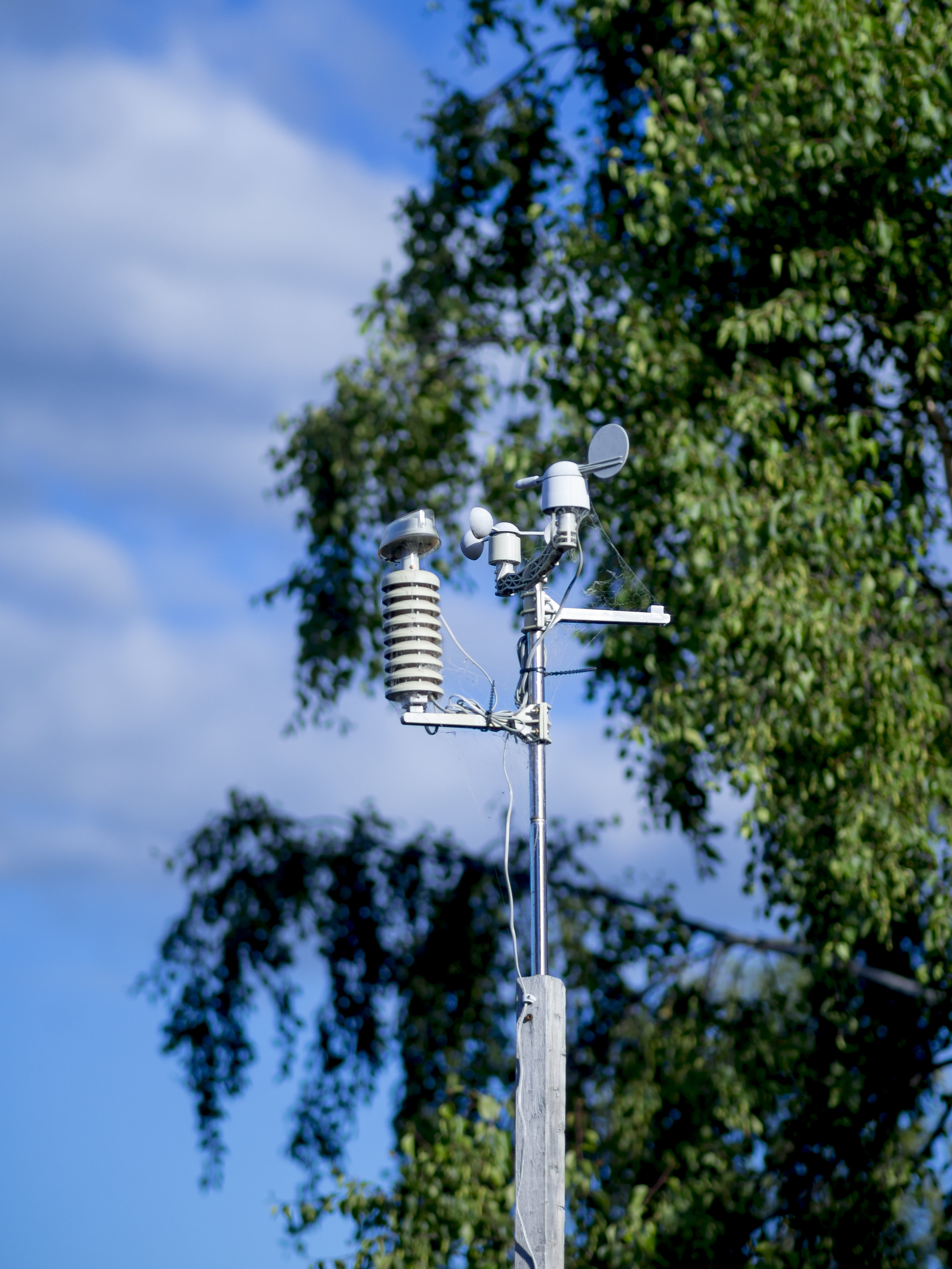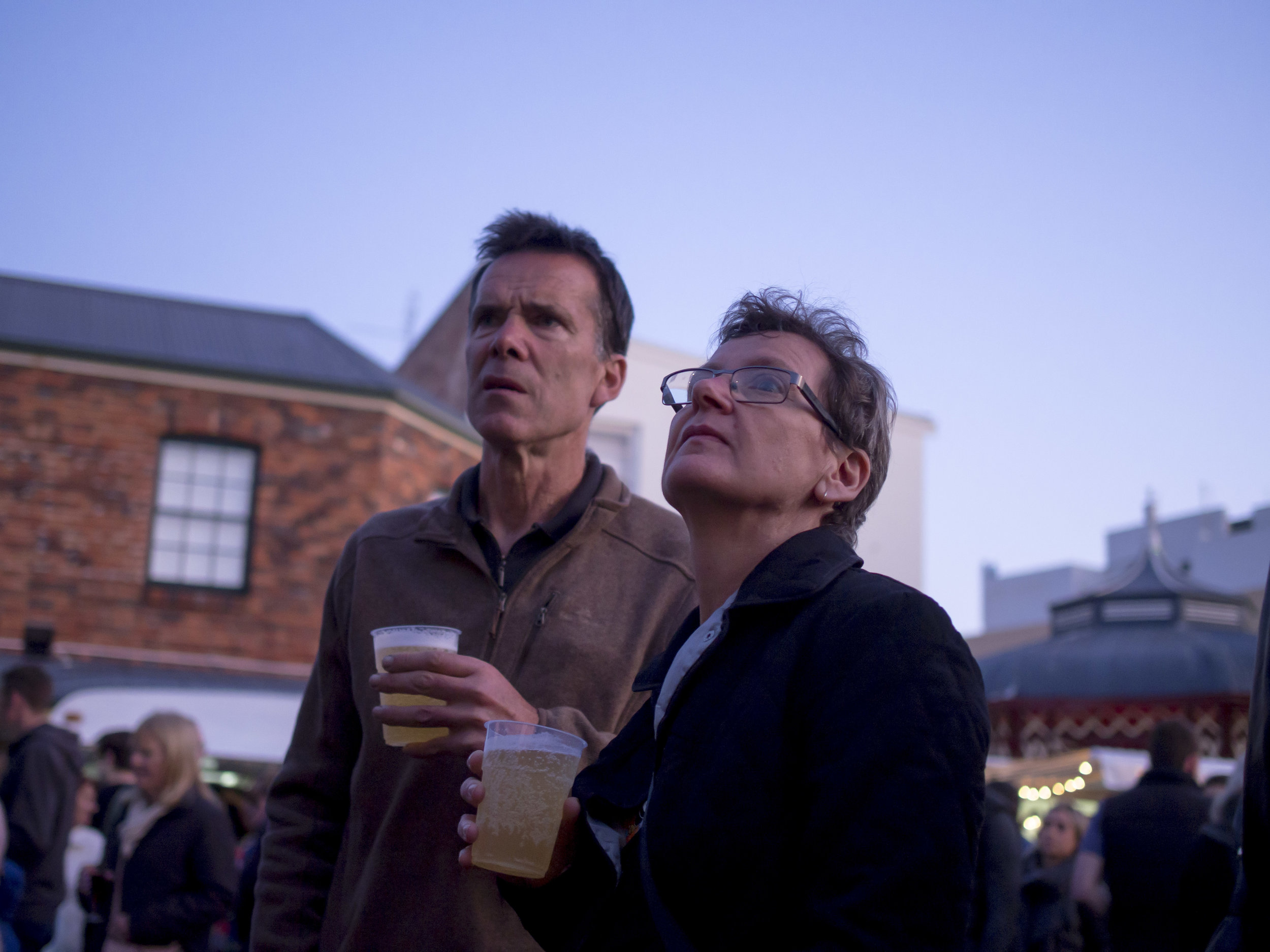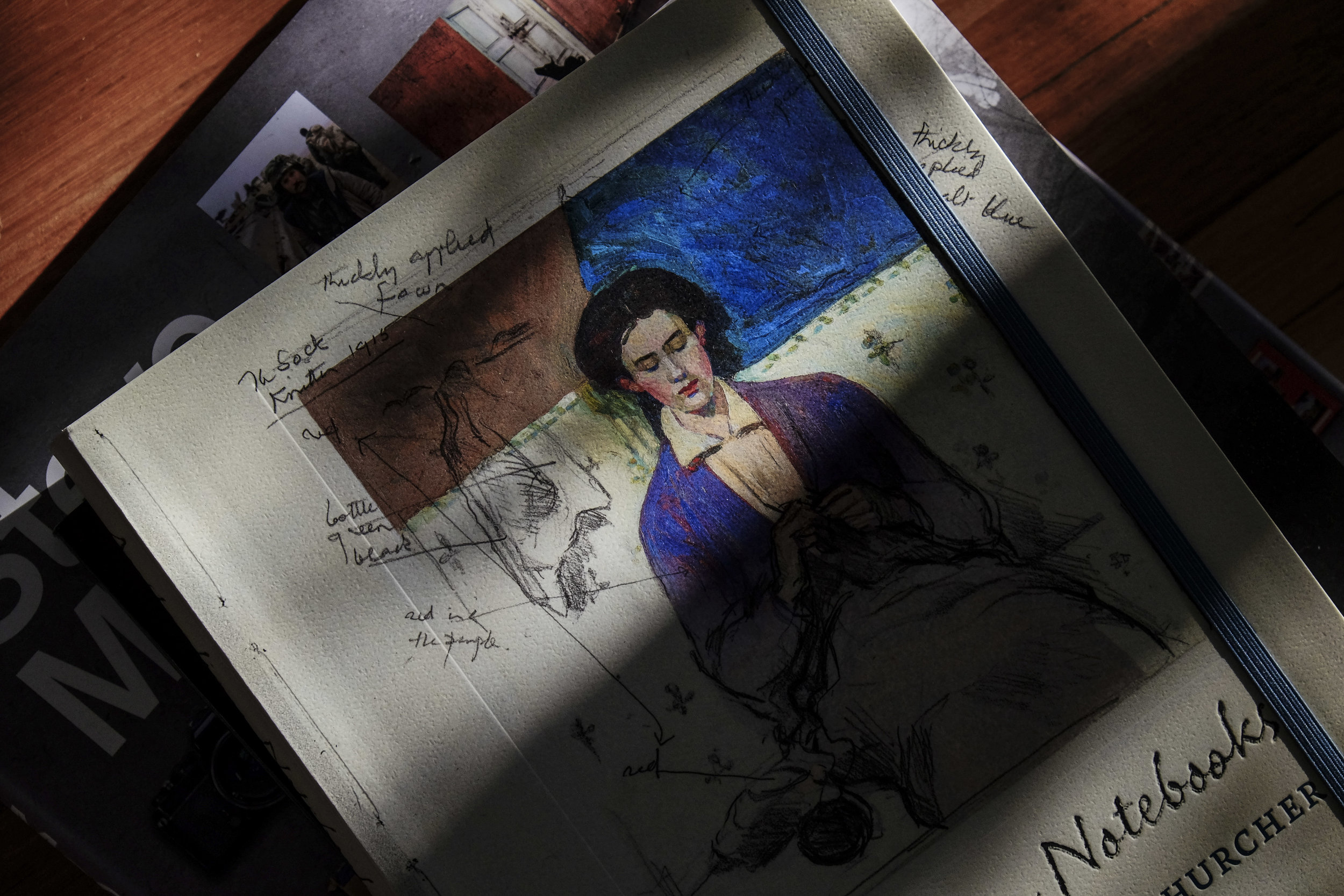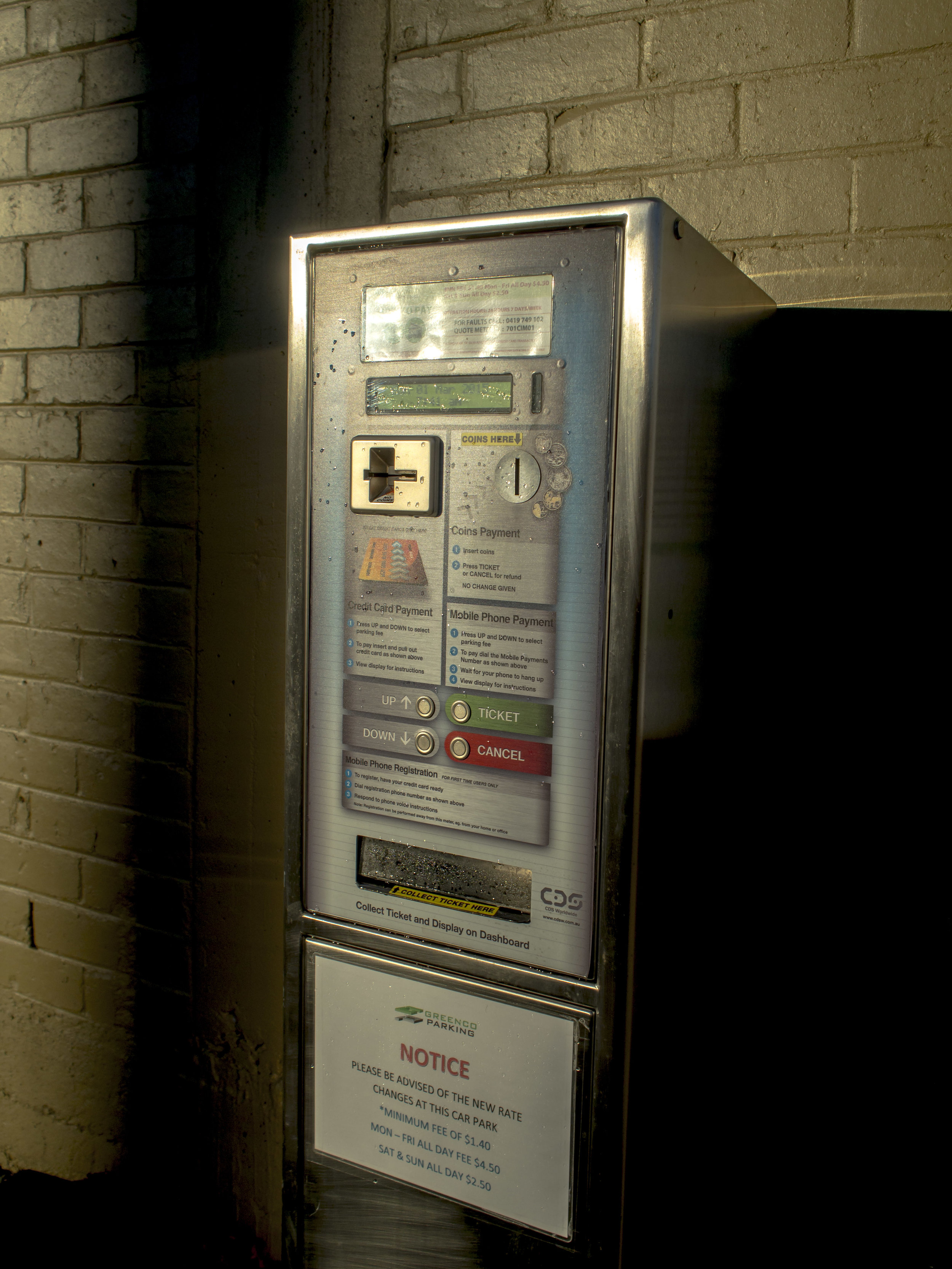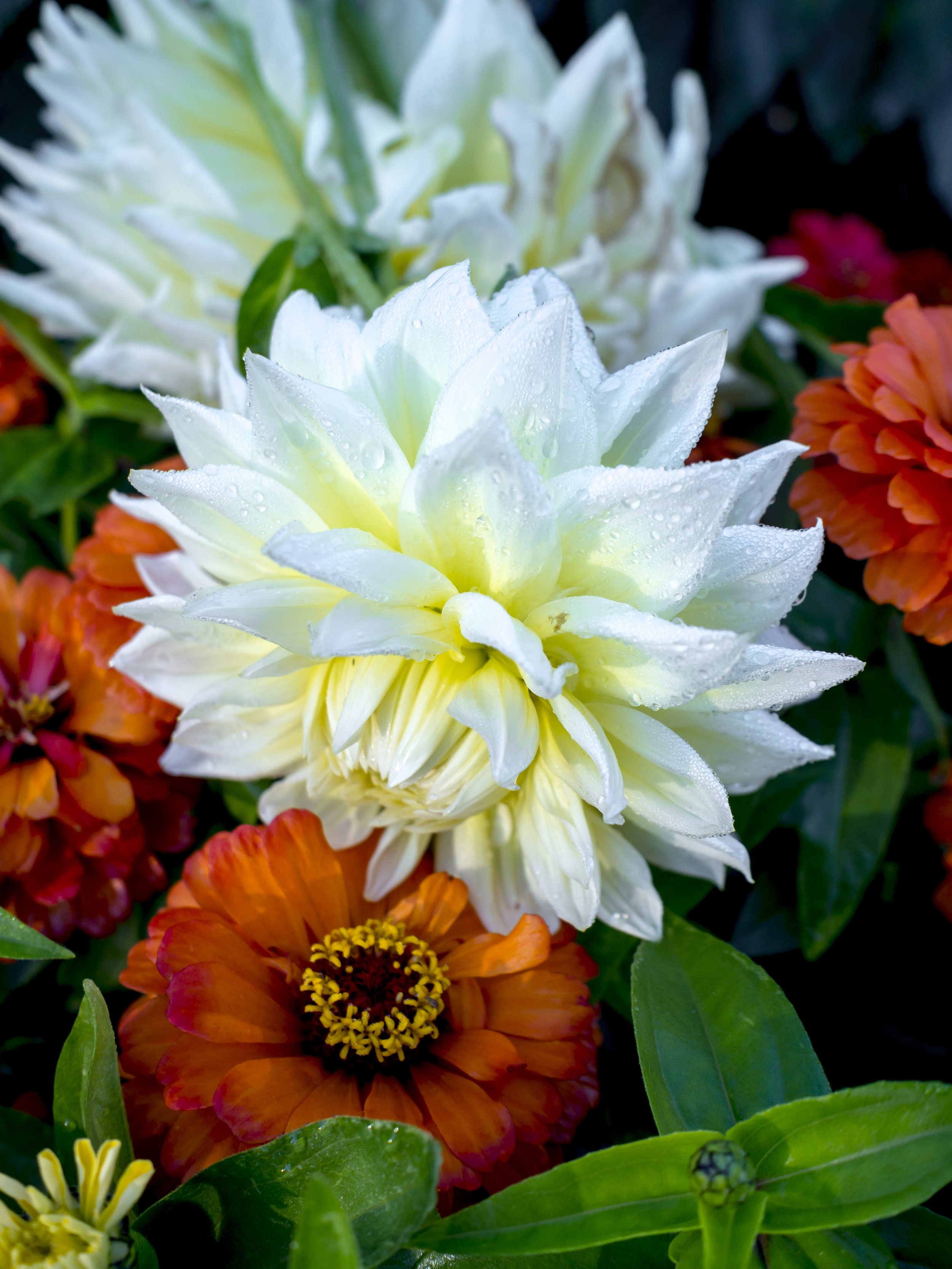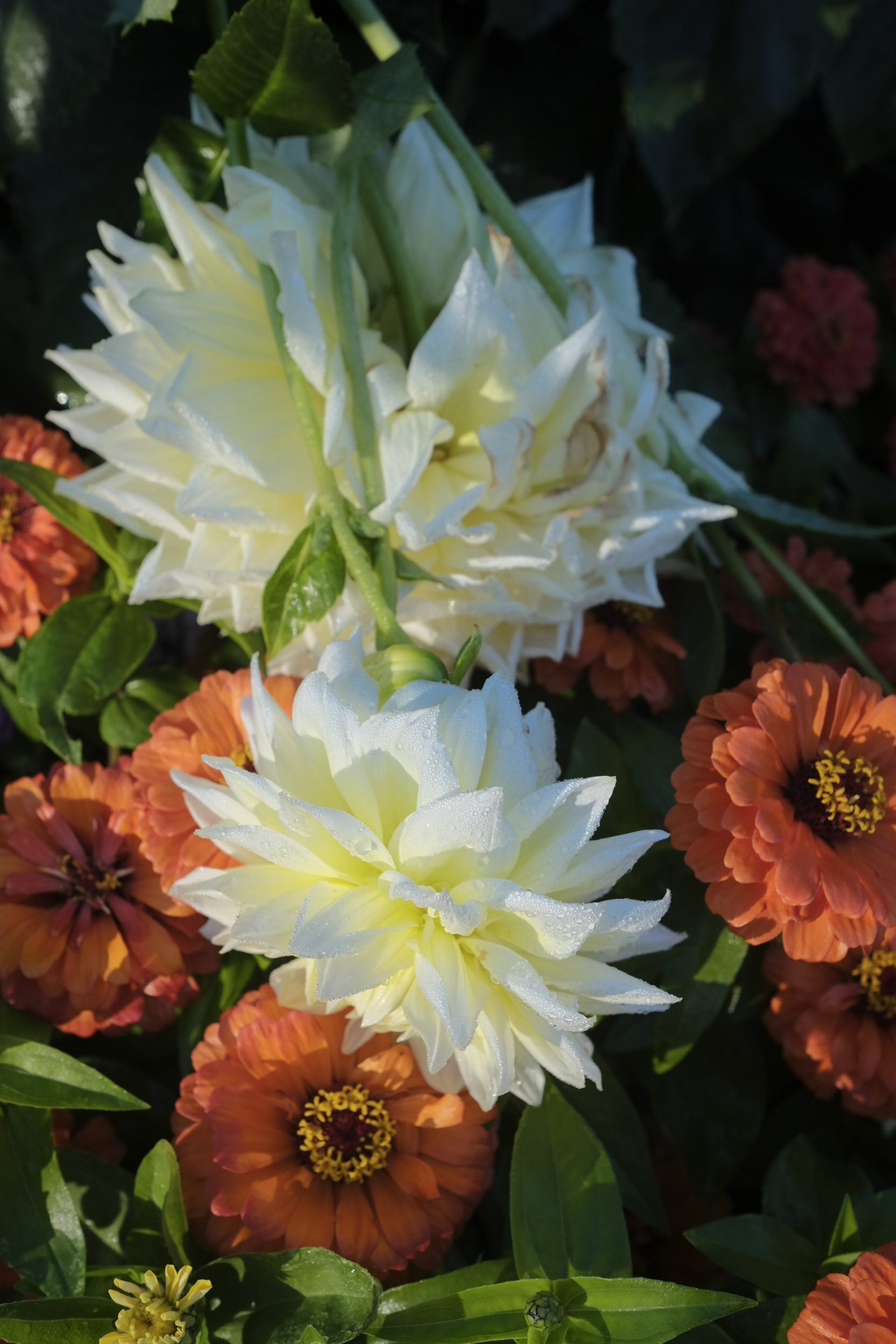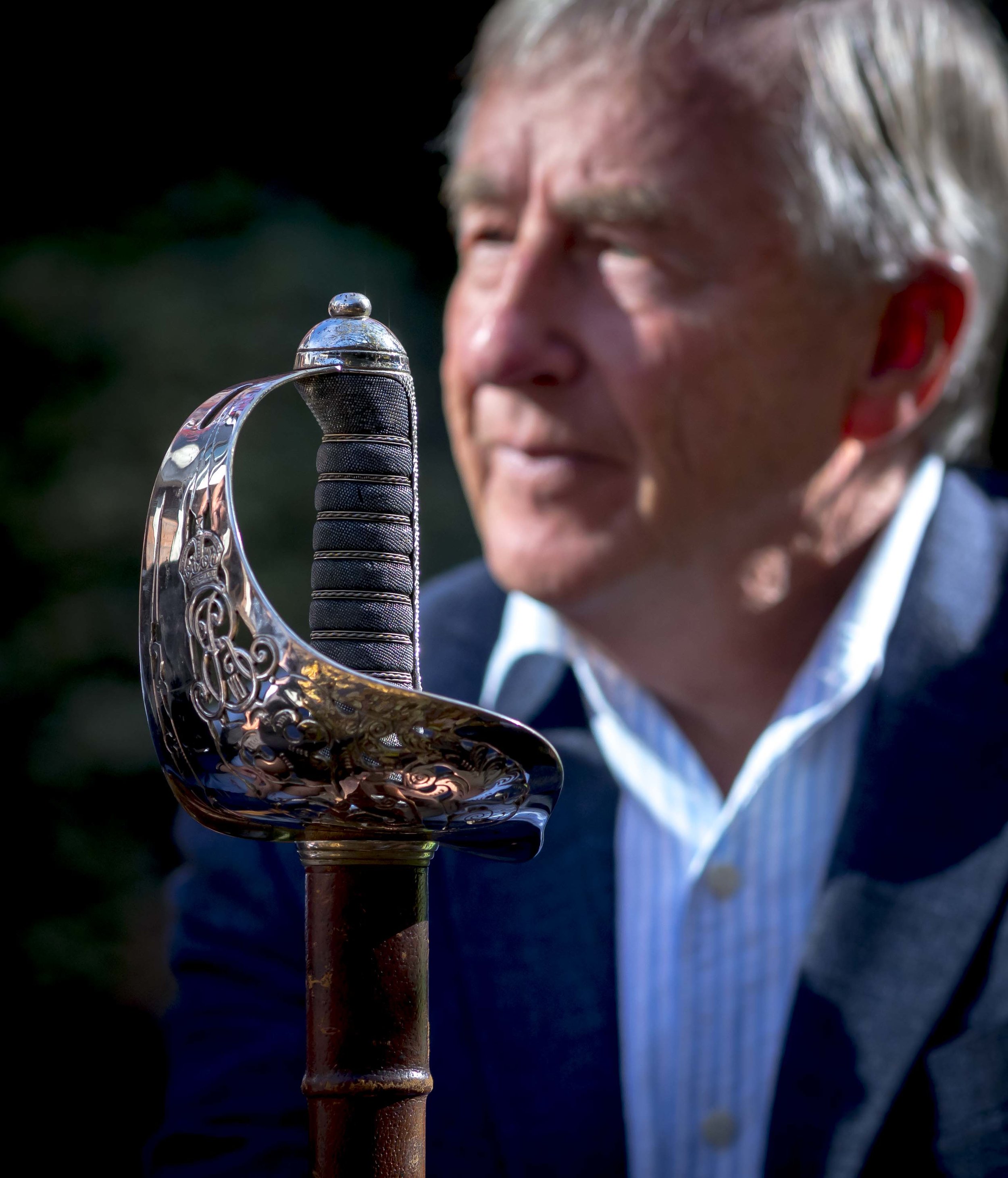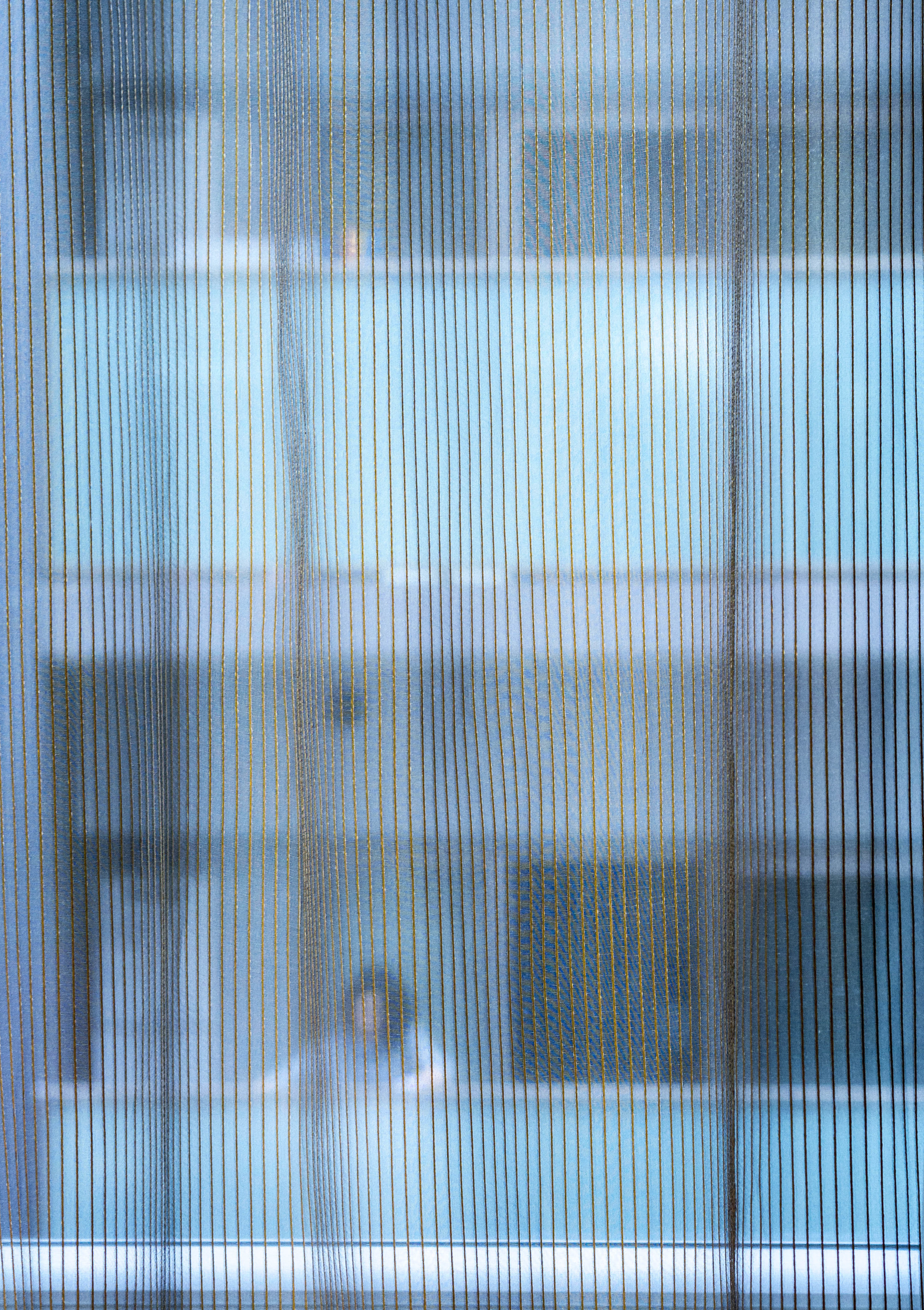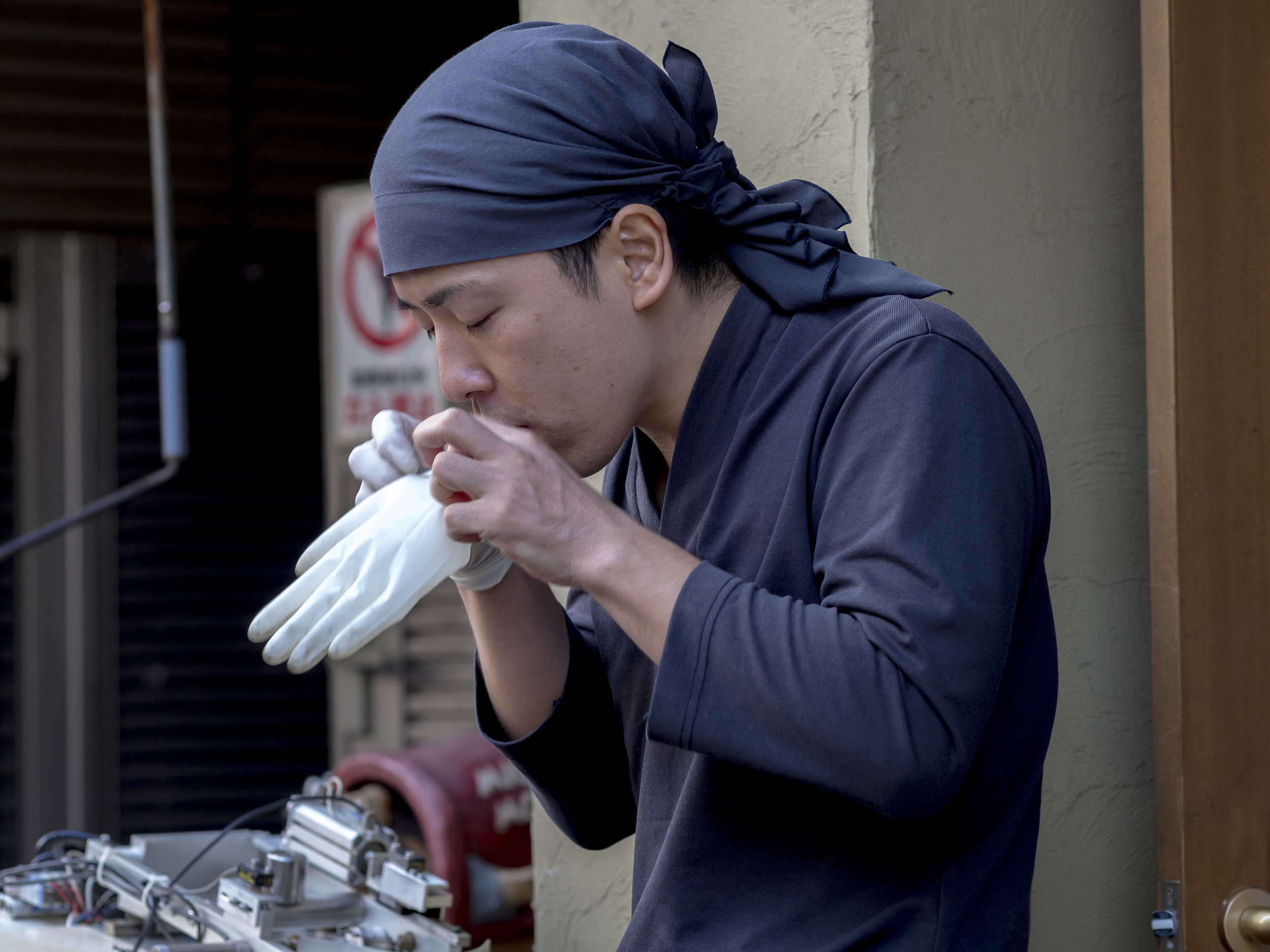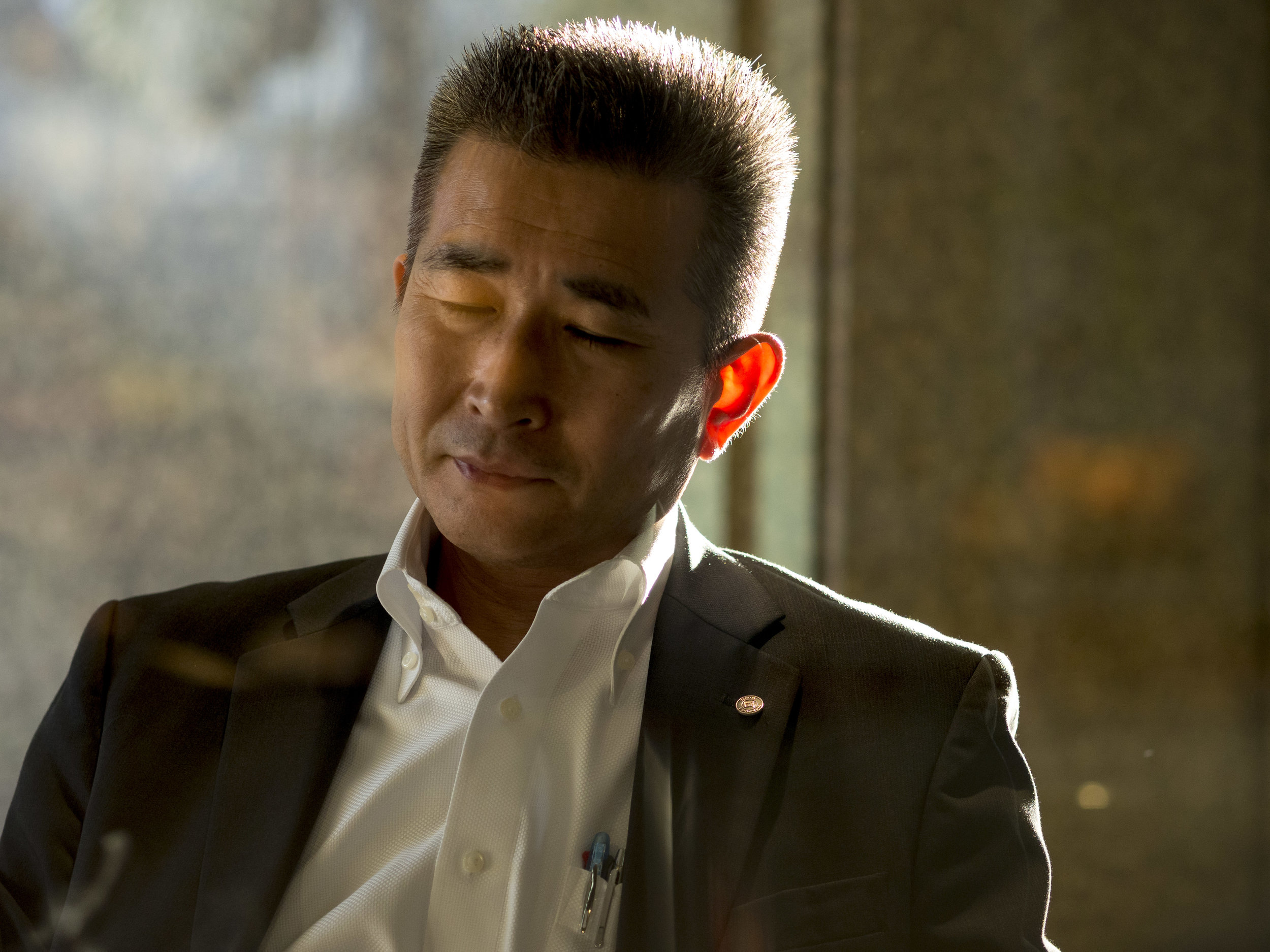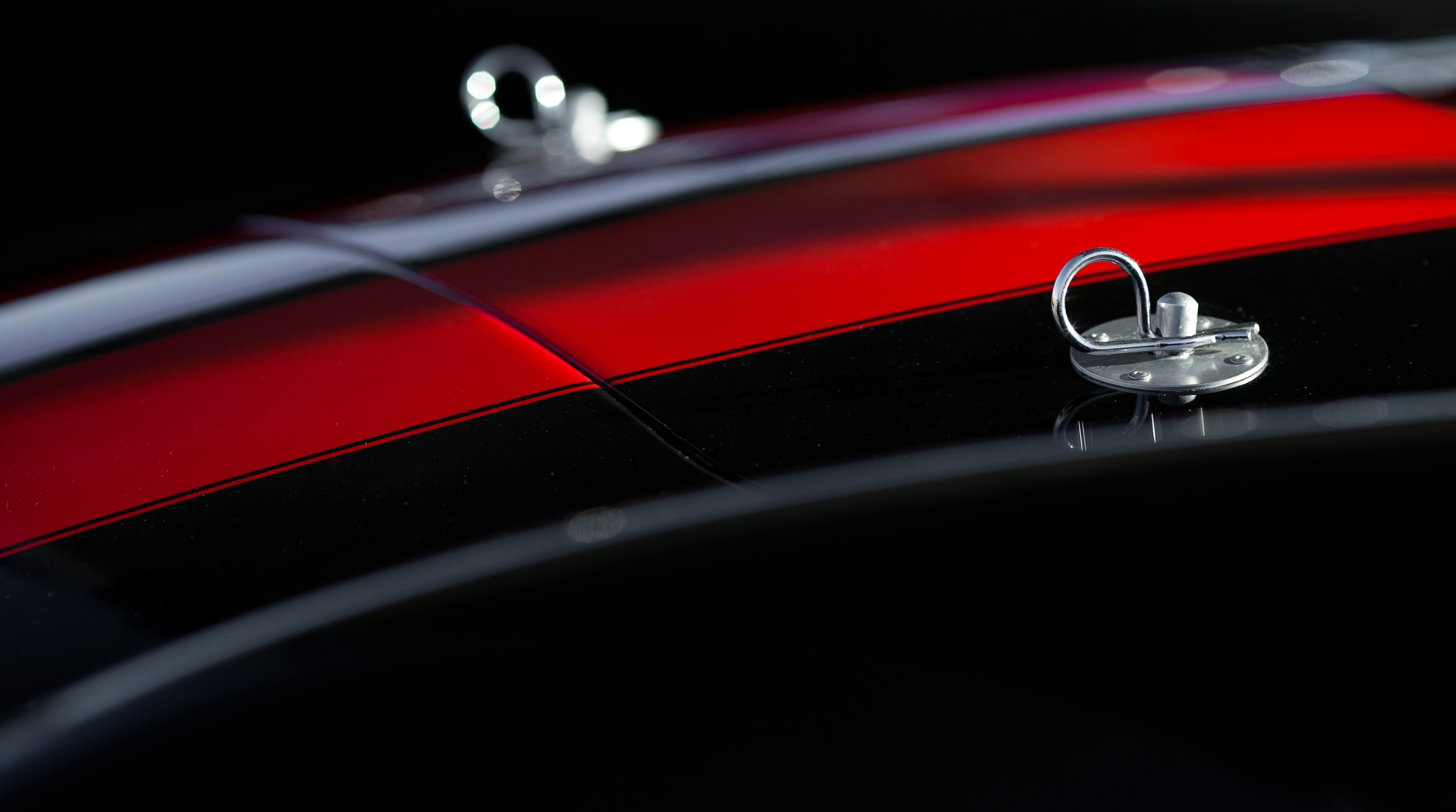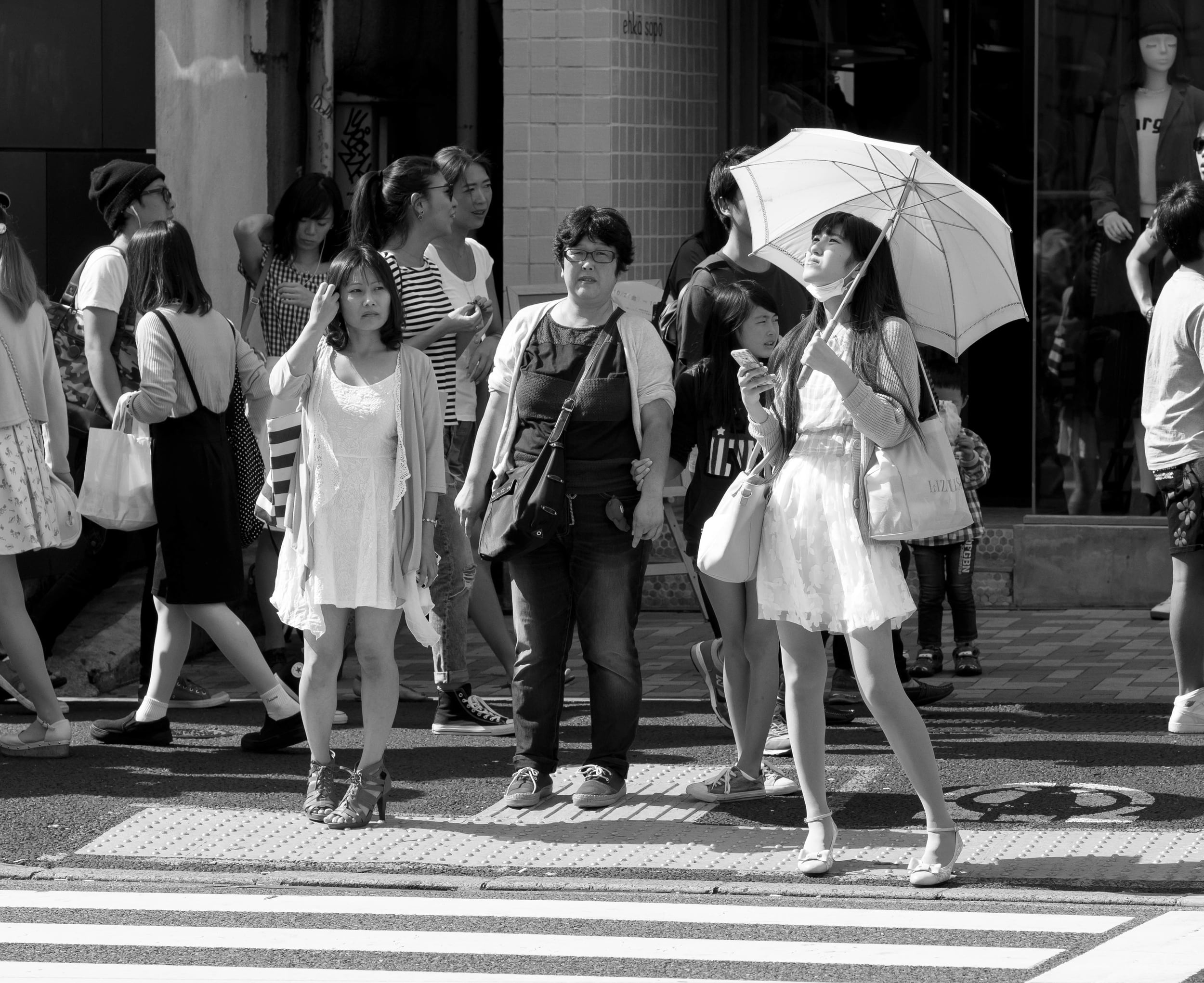Ask me what my favourite lens focal length is. You know, the one that you could go out on a limb and say something like "do a world trip with this alone" if only one, or the one you find yourself gravitating towards most often, usually with a high success rate.
Ta da.....the humble 40mm (full frame or equivalent).
Ok, that was easy. I did not even have to think about that answer.
Only one problem though.
The selection of 40mm lenses has been a constant frustration for me. Timing and availability, issues with the lenses mechanically (never optically) or an unwanted camera platform have managed to foil me at every turn.
My first 40mm was the Voigtlander 40mm f2. The focus ring was old school silky smooth, the depth scale accurate, the build and sharpness excellent. The big "but" though was manual focus on an AF SLR. Standard focus screens on AF cameras are calibrated for f4-5.6 viewing and make accurate shooting with MF and wide apertures nearly impossible, especially at closer distances. Canon provides replacement MF focus screens (laser matte or split) for some of their models, but not the 5d mk3. Reluctantly I let it go. It did spoil me however for MF again.
Voigtlander 40mm, zone focussed at f8, 5D mk2.
The Canon 40mm (or their nearly identical 24mm for crop frame) came a bit late. Honestly, if the very stable 40mm Canon had come out a year earlier I would have probably stuck with FF Canon. In many ways I am glad I did not, but I reckon I would have, all things considered (kit, FF24mm, CF24mm, 40mm, 70-200 f4L with a FF and Crop body = 24, 40, 40/65, 70-200/100-300, yep I think about it). Would I buy a Canon to use this lens? No, but if I did buy a Canon it would be the first lens I would buy, (Canon had some rebates this Christmas with the 6D with any accessory over $200- coincidentaly the price in Australia for the lens!).
The Panasonic 20mm (first edition) is a razor sharp lens, a bit prone to flair, but really sharp. The AF on my Olympus cameras was a bit tardy, especially when compared to the Oly 17mm and the MF is stiff, sluggish and uncomfortable, again beaten by the silky and clever 17mm MF application. This is also the only one also that breaks the F2.8 limit on an AF lens.
OMD and newer 20mm.
The second version of the 20mm handles flair a lot better, has a slightly different sharpness sweet spot (more even apparently, if less brilliant in the centre, not that I noticed), but handles much the same.
The Fuji 27mm is much the same story as the Panasonic. Optically above reproach, but cramped, a bit flimsy (mine died when a friend took it to the beach) and missing the aperture ring. If it was made as well as the 18mm f2 and a bit bigger allowing an aperture ring, it would have been a keeper.
Xe-1 with 27mm
What do these all have in common?
1) They are all optically excellent. The Canon flogs their 50mm offerings, The Panasonic set the early bench mark for M43 lenses, the Fuji is a serious competition for their super lenses and the Voigtlander was better than any Pro zoom made at the time of it's release.
2) They are all tiny*. All are proper pancake designs with the Canon sitting level with the cameras flash housing, making big cameras small and small cameras pocketable.
3) They are all the perfect balance between the 35mm wide/normal, rendering pretty much distortion free "environmental portraits" and the 50mm, short portrait focal length, allowing you to carry just one lens.
4) They are all, one way or another a fair pain in the ass, for me anyway.
*Good hoods for these lenses are stepping down rings like the 52 to 49mm for the Canon or 46 to 37 for the Panasonic.
What to do?
I am getting used to the 17mm (35mm equiv) focal length and partner it with the 25mm (50mm e.). One of the advantages of M43 is carrying both is no drama, even attached to a 2nd camera body. Having the two, more distinct focal lengths is actually better in a lot of ways, but my heart still yearns for a 40mm.





